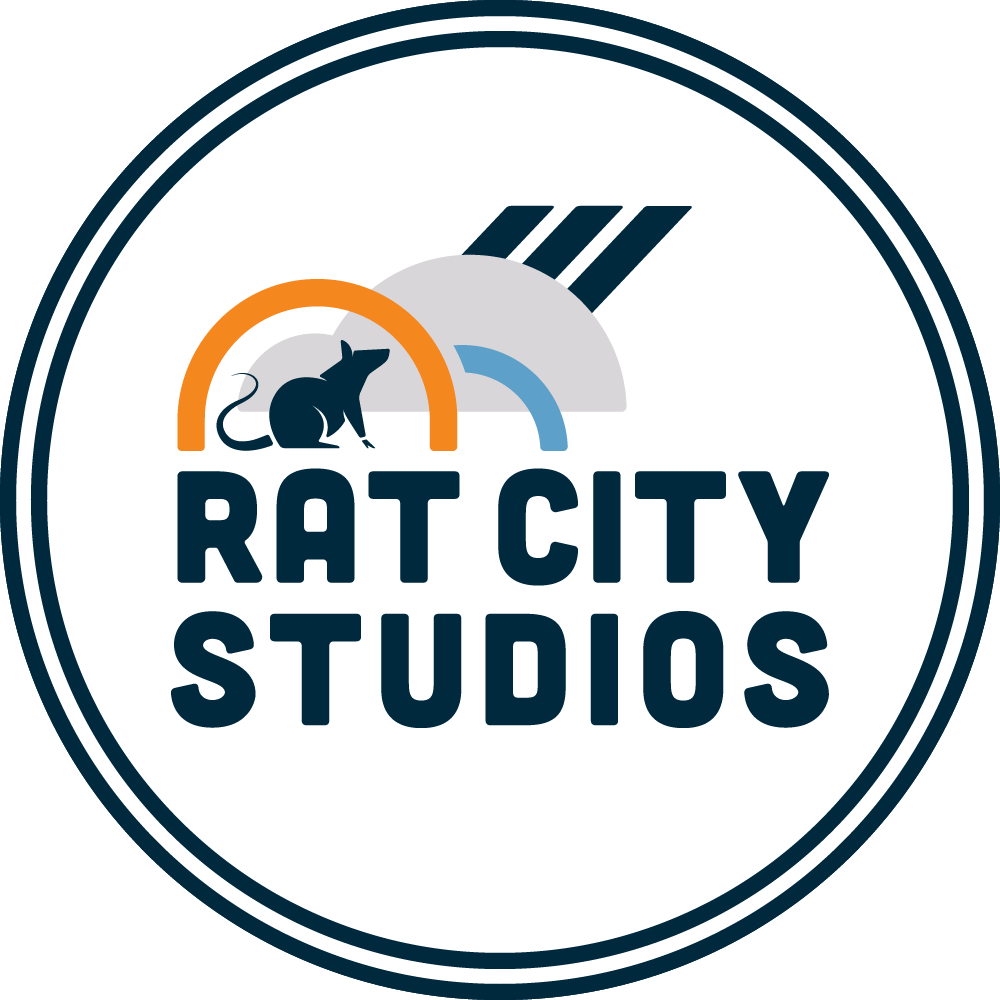Creating Vases Using Paper Templates
/By Anika Major
Website: http://www.anikamajor.com
Instagram: anikamajor
I spend a lot of time sketching. I might make 50 sketches of a form or idea before anything comes to fruition! We’ve been working on lots of vases at RCS for our annual Shakedown, so here’s a great way to bring your ideas to life using templates to create a vase of your own.
I’ll be using tar paper to make my template, but you can use any firm cardstock, file folder, or heavy pound paper. Essentially you want a paper that can withstand the wetness from your clay. Tar paper is a roofing component that you can find at most hardware stores in rolls, and it’s ideal for templates and making multiples.
Try searching through your sketches for a loose idea of a shape, or you can create one on the fly for a more spontaneous result. This type of template making is a great way to explore new forms.
I start by sketching my vase onto the tar paper, and then folding it in half so that when I cut, it’ll be even on both sides. I use regular scissors to cut the shape.
You can continue to trim down or make shape adjustments to suit your tastes, I clipped off extra around the top to round it. After I make the body shape, I decide on how wide I want the walls and the base. The one I’m making is 1/2 inch, and the base is 1 inch, which is shorter than the length of the entire body. I’m doing this intentionally to leave extra space at the top. I also went back to round out the top.
You can test them by wrapping the paper wall around the body to fit, and don’t worry if it’s not perfectly exact. You can always leave a little extra and trim away excess clay, and then adjust your template to match.
Once I’ve got all my pieces, it’s time to test them and make one! Roll out a slab and impress your template pieces, making sure you have two body pieces, two walls, and the base. Allow these to dry to a soft leather hard, where you are able to pick the pieces up and they still have a bend without cracking. If your slab is too soft, the form will collapse.
Slip and score your wall pieces to the body, and compress your inside and outside seams well using a firm rubber rib. Then attach the base and repeat.
When it is time to attach the other side, slip and score both sides and lay it down on top of the walls. You may need to adjust the wall sides to fit the shape - you can use a long paintbrush or a wooden tool to push them from the inside. Once it’s attached, repeat the compression with a rubber rib and compress the inside seams with the paintbrush. Compression for these vases is essential, you don’t want a leaky vase!
I let my vase dry to a leather hard before rasping the edges and cleaning up with a damp scouring pad and sponge. Then you can use underglaze, sgrafitto tools, or slips to decorate to your heart’s content! Try making many different templates to practice and see which shapes you like the best. Happy making!
Anika Major is a Texas-born artist living and working in Seattle, WA. She is currently a studio assistant to Deborah Schwartzkopf and teaching classes at Rat City Studios and Moshier Community Center. She received her BFA in 2018 from the University of North Texas in Ceramics and Painting. Her functional handbuilt forms and painterly surface designs are figurative in focus and emphasize soft, intimate, and domestic subject matter.

















